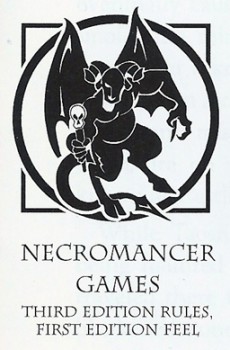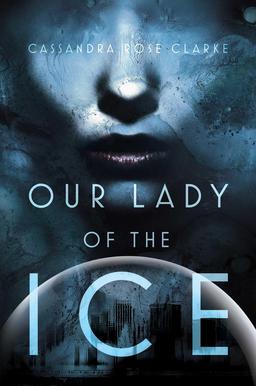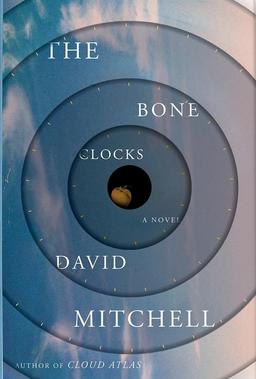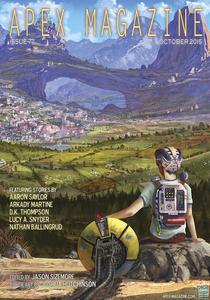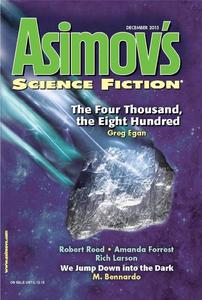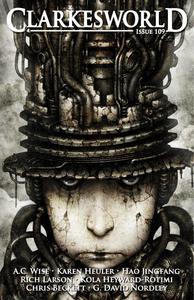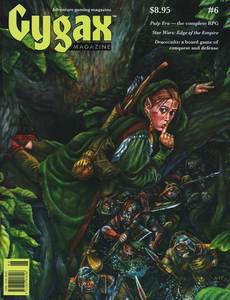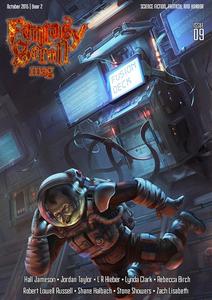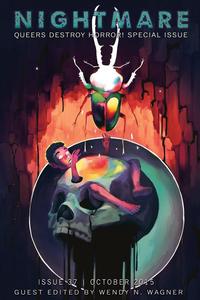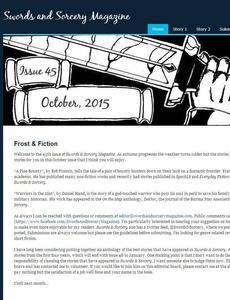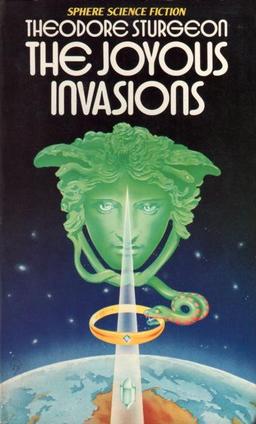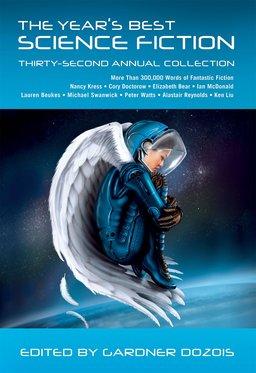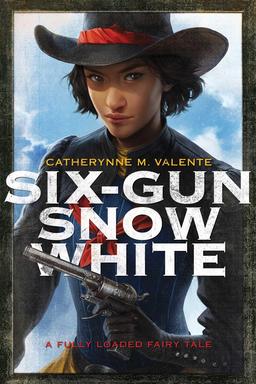Warring Supercomputers, Deep Space, and Cold Equations: 5 Tales from Tomorrow
 |
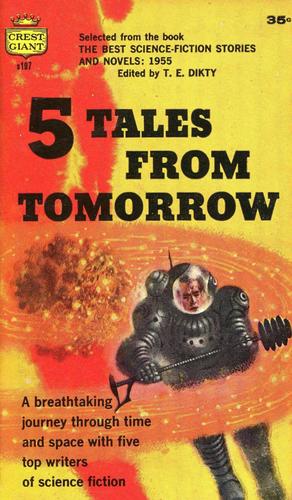 |
5 Tales from Tomorrow
Edited by T. E. Dikty
Crest Books (176 pages, $0.35, December 1957)
Cover by Richard Powers
T.E. Dikty edited a bunch of SF anthologies, mostly throughout the Fifties and many in collaboration with Everett F. Bleiler. Aside from Clifford Simak and perhaps one-hit wonder Tom Godwin, the names in this volume are not quite the SF A-list, but the results are mostly not bad.
“Push-Button Passion,” by Albert Compton Friborg
As I was reading this story I couldn’t help wondering if Friborg was the pseudonym for a better known author – Kurt Vonnegut. It has that whimsical, satirical feel that one tends to associate with Vonnegut. Turns out that it is indeed a pseudonym, but for an academic named Bud Foote, whose SF output was limited to this and one other short story, also published in the Fifties.

